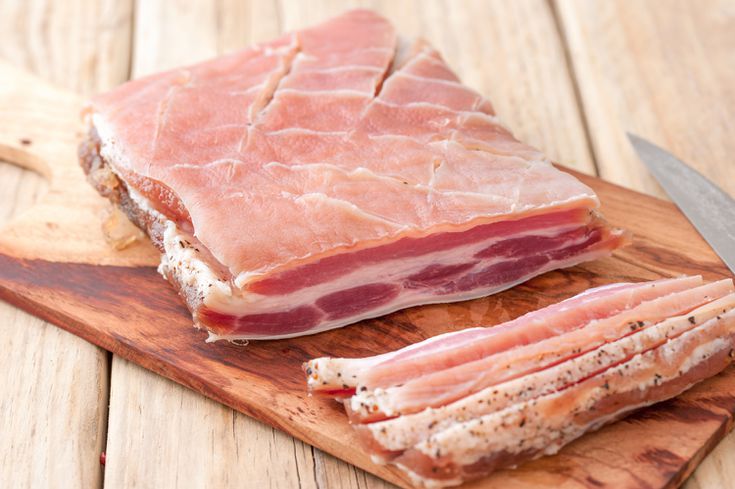Over the centuries, the pig has represented a real blessing for man, so much so that it is considered by the Etruscans to be an animal capable of conveying the messages of the gods.
From meat, rich in proteins, fats and nutrients, to the vast range of by-products and derivatives that it is able to offer, “nothing is thrown away from pork” as a well-known popular saying goes meat cure.
In the kitchen it is widely used , just think that in addition to the cuts with which excellent roasts, stews and fillings are prepared, lard, foot and even blood are also used.
From the bacon, the great traditional dishes such as pasta all’amatriciana and gricia are born, from the loin the inimitable chops are obtained, not to mention the countless types of cured meats that can be made with both meat and rind.
Over the centuries, then, pig breeds that could boast fast-growing specimens, with abundant and soft meat and short tusks , have been domesticated and destined for breeding .
If in the early Middle Ages the value of the woods was calculated on the basis of how many pigs could be fed with the acorns produced, today we have buildings destined for the shelter of animals and certainly more controlled and supervised farms.
But what are the main cuts of pork? As we have already seen for the cuts of beef , let’s find out below how the pork sides are divided.

The lard
Below the rind, the lard is the first layer along the entire back of the pig formed by the fat.
It is generally used as a condiment or can be eaten raw . In the latter case it is thinly cut, after being subjected to salting and seasoning, as is the case for the renowned Colonnata lard .
The lard, on the other hand, from which the lard derives, is obtained from the storage fat present around the kidneys and in the belly around the pelvis.
The lombata
On the back, or loin, there are the finest meats of the animal which are usually used to make slices to be fried in a pan or to be cooked, in a single piece, such as roasts or braised.
